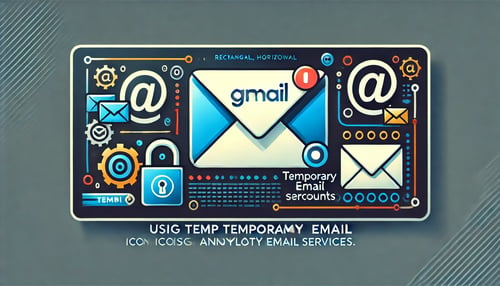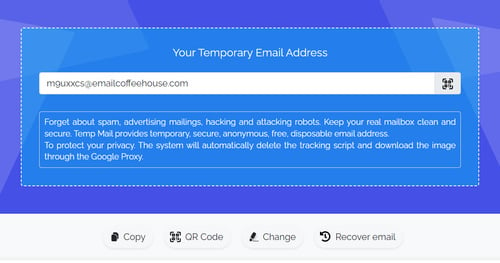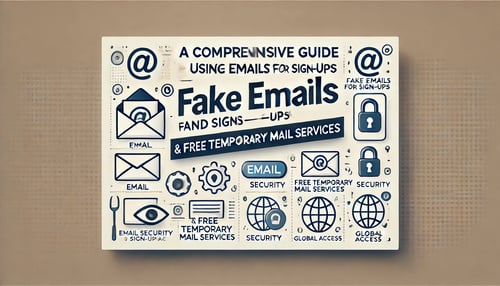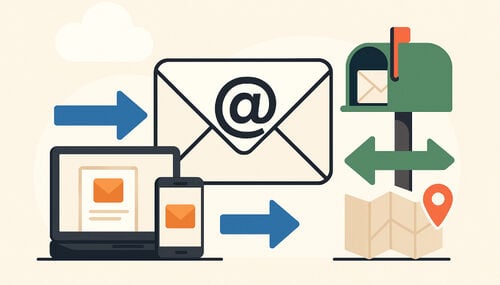The Rise of Burner Email in E-Commerce: Safer Checkouts and Hidden Discounts
Burner email streamlines online shopping: protect your identity at checkout, reduce promo spam, and keep confirmations for shipping, returns, and refunds. This guide shows a practical two-inbox system—one disposable for deals, one reusable for receipts—so you get savings without the noise.
Quick access
TL;DR / Key Takeaways
Why Shoppers Use Burner Email
Keep Order and Tracking Emails
Unlock Hidden Discounts Cleanly
Choose the Right Inbox Model
Payments, Returns, and Disputes
Retailer Blocking and Ethics
How To — Set Up a Shopping Workflow
FAQ
Conclusion
TL;DR / Key Takeaways
- A burner email checkout flow isolates promos while preserving order essentials.
- Could you keep confirmations and tracking clean with a reusable inbox you can reopen later?
- You can use domain rotation and a simple resend routine when OTPs lag.
- Separate deals vs receipts: quick coupons in a short-life inbox, warranties in a persistent one.
- Don’t rotate addresses mid-refund or dispute—continuity speeds up support.
Why Shoppers Use Burner Email

You can cut promo noise, shrink breach fallout, and keep your shopping identity separate from personal email.
Promo Spam and Data Brokers
Your address is loved by newsletter walls, coupon pop-ups, and “spin-to-win” wheels. A disposable layer ring-fences promo blasts and limits the blast radius if lists are sold or leaked.
Identity Separation for Safer Checkouts
Treat checkout like any other risk surface. Using a distinct email layer keeps trials, one-off stores, and coupon landings away from your long-term identity. For setup basics, please take a look at the temp mail guide.
Guest Checkout vs Full Accounts
Guest checkout wins for privacy, but full accounts help with wishlists, warranties, and subscriptions. The middle path: use a reusable email that you can reopen whenever you need receipts or device login alerts.
Keep Order and Tracking Emails
Preserve receipts and shipment updates while keeping promotions at arm’s length.
Deliverability Basics and Domain Rotation
If order confirmations or OTPs stall, rotate to another domain and resend after a short backoff. Practical troubleshooting steps live in receiving verification codes.
Receipts, Shipping, and Returns
Your evidentiary trail includes receipt, invoice, tracking, and return merchandise authorization (RMA) emails. Archive them together; they’re crucial for warranty claims, exchanges, and price-adjustment requests.
Reusable Inbox for Important Stores
When you trust a retailer—or expect returns—stick to one persistent inbox so all receipts and timelines sit in one place. You can reopen the exact mailbox anytime with a reused temp mail address.
Unlock Hidden Discounts Cleanly
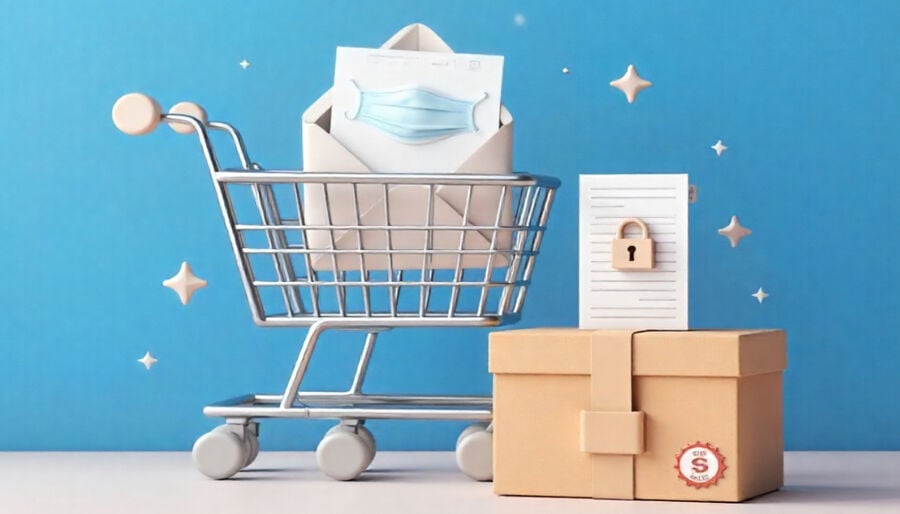
You can capture welcome coupons and limited-time offers without flooding your primary inbox.
Taming Coupon Pop-Ups and Welcome Emails
Spin the wheel, grab the “10% off,” and keep it contained. Use a short-life inbox for welcome codes, then switch to your reusable address when you commit to a purchase.
Segment Deals from Essentials
Let promo messages land in the disposable inbox; route receipts and shipping updates to the reusable one. This separation keeps your audit trail searchable without promo clutter.
Rotating When Noise Increases
If a promo list gets too loud, rotate the disposable address. Avoid rotating the reusable address tied to warranties or returns.
Choose the Right Inbox Model
Match one-off, reusable, or alias to your habits and risk tolerance.
One-Off vs Reusable vs Alias
- One-off inbox — fastest for codes and trials; not ideal for warranties.
- Reusable inbox — best balance: persistent receipts and support history.
- Email alias service — flexible routing, but needs rules and maintenance.
Access Tokens and Persistence
With a token, you can reopen the same inbox later—perfect for returns, disputes, and multi-order timelines. See how to manage it by reusing your temp mail address.
Minimal Maintenance Routine
Label by purpose (Deals / Receipts), archive essentials weekly, and set a reminder near standard return windows (7/14/30 days).
Payments, Returns, and Disputes
Keep the evidence trail intact for refunds, warranties, and chargebacks.
Proof-of-Purchase You Can Find
File receipts and serials by store or product line. When a return window closes fast, quick retrieval matters.
Don’t Rotate Mid-Dispute
Support teams verify ownership via consistent identifiers. Rotating addresses mid-thread lengthens back-and-forth and can delay refunds.
Post-Purchase Hygiene
Archive essentials; purge the rest. Before return deadlines, skim for undelivered parcels, damaged goods reports, or missing-item claims.
Retailer Blocking and Ethics
Work within store policies and keep consent clean for peace of mind.
If a Domain Is Blocked
Switch to a different domain family and retry after a brief backoff. For patterns and mitigations, skim the domain-blocked issues.
Consent and Unsubscribe Discipline
Opt-ins should be intentional. If you want seasonal deals, use the disposable inbox; don’t auto-subscribe your reusable one.
Loyalty Trade-Offs
Points, extended warranties, and VIP inventory sometimes require stable emails. Use your reusable address there so benefits—and proofs—stick.
How To — Set Up a Shopping Workflow

A repeatable two-inbox pattern that balances privacy and continuity.
- Generate a burner address for discovery, welcome codes, and seasonal promos.
- Could you create a reusable inbox dedicated to receipts, shipping, and returns?
- Could you verify and save the access token to reopen the same inbox later?
- Label your inboxes by purpose (Deals vs Receipts) in a password manager.
- Rotate domains only when OTPs or confirmations stall; read receive verification codes.
- Archive essentials (receipts, invoices, RMAs) in the reusable inbox.
- Set a weekly review to catch return/refund deadlines and missing shipments.
- You can use a quick one-off via a 10-minute inbox for pop-ups and trials.
Comparison: Which Model Fits Each Use Case?
| Feature / Use Case | One-Off Inbox | Reusable Inbox | Email Alias Service |
|---|---|---|---|
| Welcome coupons & trials | Best | Good | Good |
| Receipts & warranties | Weak (expires) | Best | Good |
| OTP reliability | Strong with rotation | Strong | Strong |
| Spam isolation | Strong, short-term | Strong, long-term | Strong |
| Dispute handling | Weak | Best | Good |
| Setup & upkeep | Fastest | Fast | Moderate (rules) |
FAQ
Is a burner email allowed for online stores?
Generally, yes for sign-ups and promos. For warranty or long-term benefits, use a persistent address.
Do you know if I will still receive receipts and tracking updates?
Yes—route them to a reusable inbox so your order history and returns stay intact.
What if the OTP or confirmation email doesn’t arrive?
Resend after 60–90 seconds, verify the exact address, and rotate domains—more tips for receiving verification codes.
Should I use one email for discounts and another for receipts?
Yes. Keep discounts in a short-life inbox and receipts in a reusable one.
Can I switch addresses after I place an order?
You can avoid changes mid-return or dispute; continuity helps speed up support verification.
Do burner emails break loyalty programs or warranties?
If benefits are tied to your email, prefer your reusable address for stability.
Conclusion
A burner email checkout strategy lets you grab deals without drowning in promos. Use a short-life inbox for welcome codes and a reusable inbox for receipts, tracking, and warranties. Add simple domain rotation and weekly housekeeping, and your shopping stays private, organized, and refund-ready.


